How to Grow Baby Blue Eyes Flowers (Nemophila menziesii)
I will never forget the first time I saw Baby Blue Eyes flowers (Nemophila menziesii) – my breath caught a little as I walked around a corner at the Chicago Botanic Garden and there they were – a wave of sky blue. They do this amazing “wave-in-the-wind” thing I love and attract pollinators. Below is a page from my latest book, the Illinois Getting Started Garden Guide, that will give you a fantastic idea on how to get started growing this adorable blue eyed beauty.
- Baby Blue Eyes Botanical Name – Nemophila menziesii
- Bloom Period and Seasonal Colors – Blue flowers bloom in early spring
- Mature Height x Spread – 6 inches X 12 inches
- Botanical Pronunciation – ne-MA-fih-lah men-ZEE-see-eye
- Added Benefits – Drought Tolerant, Attracts Beneficials
- Sun Requirements – Sun, Part Sun, Part Shade
Baby blue eyes is a wave of true blue color in early spring. In California, it is known as a wildflower, so is a rather drought tolerant plant as most natives can be. Here in the Midwest, the flower is most often used as a spring annual. Charming little blue flowers with white eyes adorn fern-like foliage and capture the heart of all who pass by. Easy to grow from seed, they are a perfect rock garden addition, do well in hanging baskets and containers, and serve as a brilliant filler in the spring bulb garden. Victorians loved the tiny flower of baby blue eyes and sowed its seed in early spring and again in early fall for a delightful rebloom. I first fell in love with baby blue eyes while on a hillside where their little flower heads bobbed and danced in the wind.
When, Where, and How to Plant – Sow directly in soil in spring to early summer after temperatures consistently reach at least 68 degrees. Prefers cool weather and can also be sown in fall. Disturbing the roots of baby blue eyes will upset its growth cycle, so transplanting full size plants is not always successful. While the sweet little flowers prefer direct sun light, once the heat comes out the plants wilt, so it is better to plant in part sun or a perhaps a location where the plant will have shade in the heat of the late day. Baby blue eyes can grow on light sandy soils, but prefers soil enriched with manure or compost which is well drained.
Growing Tips – Water gently when first planted so the seeds will not get washed away. Fertilizing is rarely needed, although adding an organic fertilizer when initially starting the plants can assist spring growth.
Advice and Care – Deadheading extends flower power and prevents excessive self-sowing. Snails like the baby seedlings; set out organic snail traps if concerned. Aphids are best treated by squirting a strong blast of water from a garden hose or spraying the bugs with soapy water. Plants grown in shadier conditions might be prone to powdery mildew which can be controlled with an OMRI certified fungicide that contains the streptomyces lydicus bacteria.
Companion Planting and Design – As a spring flower, baby blue eyes is a delightful companion under planting to bulbs such as yellow daffodils. When planted in a mixed bed with red tulips and white daffodils, baby blue eyes can make an “All American” red, white, and blue design statement which is perfect for landscape design in public areas. Featured with hyacinth, the gently nodding heads of baby blue eyes seems to spill over the edge of a container planting. Seeded in large masses baby blue eyes can look like a river of water because of its undulating movements and spectacular blue color.
Try These – Nemophila menziesii ‘atomaria’ is a white variety with black spots which sometimes has a faint blue tint or blue veins in the corolla. Nemophila menziesii ‘Penny Black’ is a gorgeous white rimmed flower with deep purple centers which are such a deep velvety shade as to be seen as black in certain lights. Want more ideas on how to grow all types of plants in the Midwest? Please pick up my latest book, the Illinois Getting Started Garden Guide online or at a book store. Thanks a bunch!
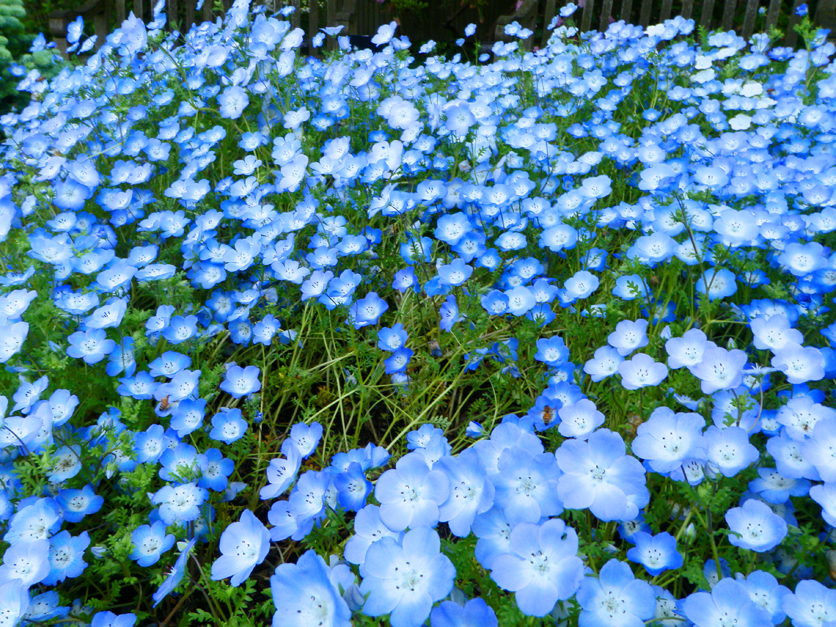

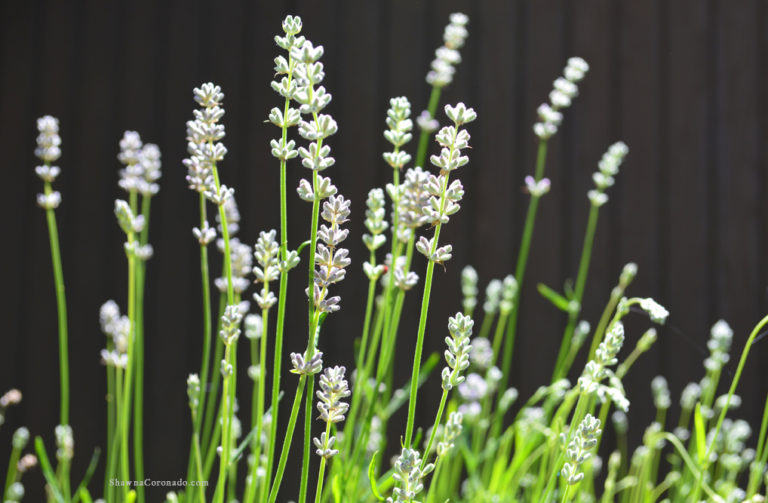
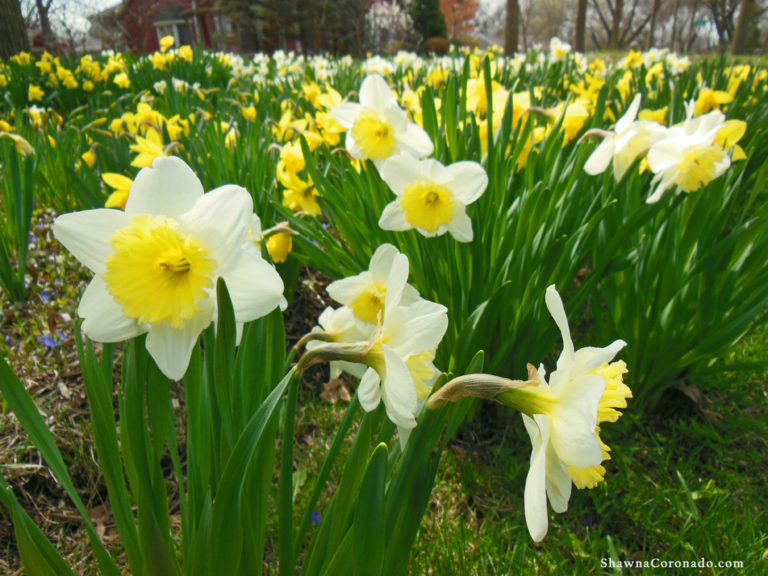
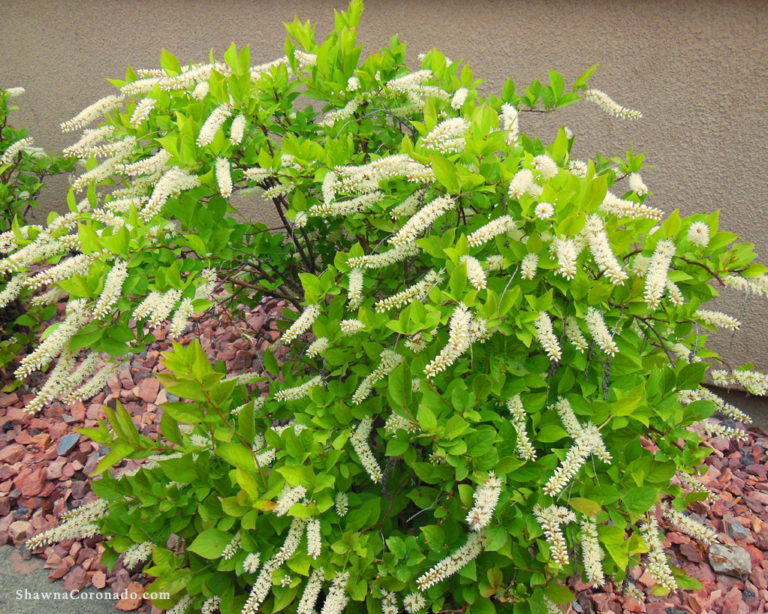
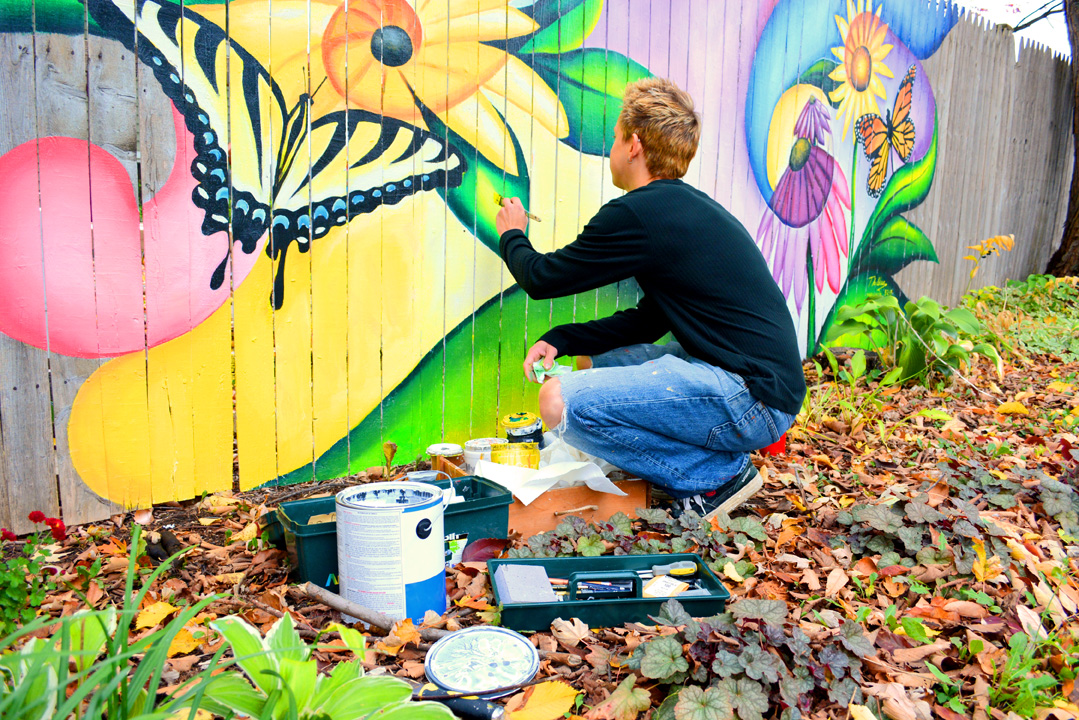
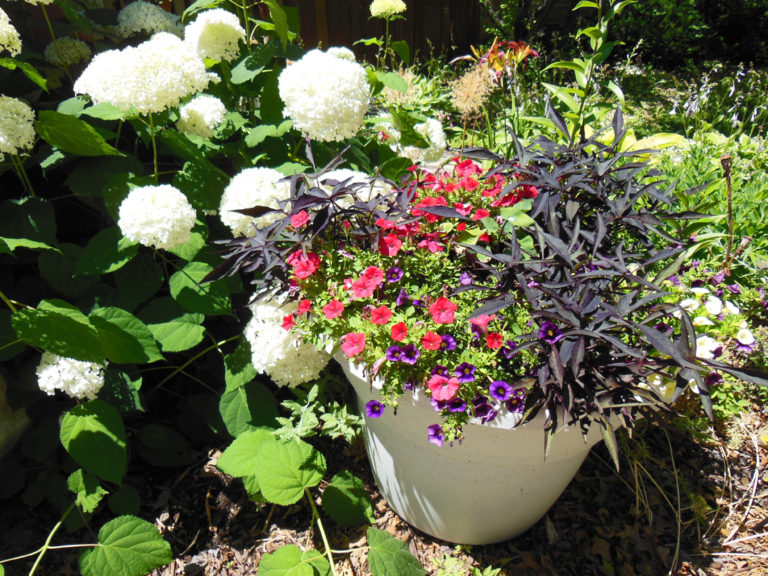
great article. I’m always looking for the truest blue!!!!
I love this adorable little flower Nicki! So cute!
Shawna,
I came across your blog today from Blogtalk. I loved the Baby blue Eyed flowers. I am so excited to meet another local Suburbanite of Chicago. My Papa worked for the Chicago Park District and took us to the Botanical Garden he worked on the pipe fitting there. I am subscribed to your blog too.
Happy Creating,
Karen Marie
Dragonfly & Lily Pads
Thanks Karen! It’s so nice to connect with you. 🙂 I appreciate your kind words.
We’re a group of volunteers and opening a new scheme in our community.
Your site provided us with valuable information to work on. You’ve done an impressive job and our entire community will
be grateful to you.
I’m curious as to whether there is a dwarf version of this flower. We have flowers that grow like a blanket in our yard in the very early spring. They look exactly like these, except ours are TINY. Like, maybe 1/4″ across on the bloom and an inch or so stem. My son loves to pick them for me, but they’re so tiny, you can’t really put them in water or anything. I’m just curious to know if you have any idea what they could be.
This is a tiny flower. While it looks rather large in the image, the plants have very very tiny flowers that are 1/4″ or less wide. So perhaps you have the same plant? 🙂
Hi! im wondering 68 ferinheit yes? where i’am it doesnt really get warmer then 20 celsius even mid summer… but i wanted to plant these!